Executive Team & Board of Directors
OEA Board of Directors meetings will be held on the first Wednesday of the month unless stated otherwise on the Calendar.
OEA is a member-directed professional association. Leadership in the OEA is determined through one-person one-vote elections.
The OEA encourages all members to step up to a leadership role and help shape the direction of their professional organization.
The role of Association Representative (AR) is essential to our association and ARs represent members on a ratio of 15 members for each Association Representative. These members are elected at the building level or within district departments. Association Representatives meet monthly at our AR Assembly.
The business of the Association is carried out primarily through a voluntary committee structure. All interested members are invited to serve on our committees.
The Board of Directors and Officers are responsible for overseeing all activities of the Association. The Board of Directors is a policy setting group that meets monthly. All members are invited to attend these meetings.
As Delegates they conduct business related to the State and National levels. Members elected as delegates to either the NSEA Delegate Assembly or the NEA Representative Assembly represent the OEA membership at the state and national level.
Officers
The OEA Board of Directors is the governing body of the Association and is responsible for overseeing all activities of the Association. The Board of Directors consists of the general offices of President, Vice President-Advocacy, and Vice President-Member Benefits. The general officers make up the Executive Committee of the OEA.
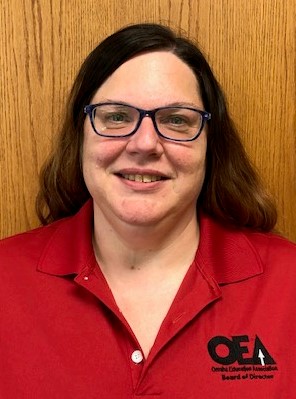
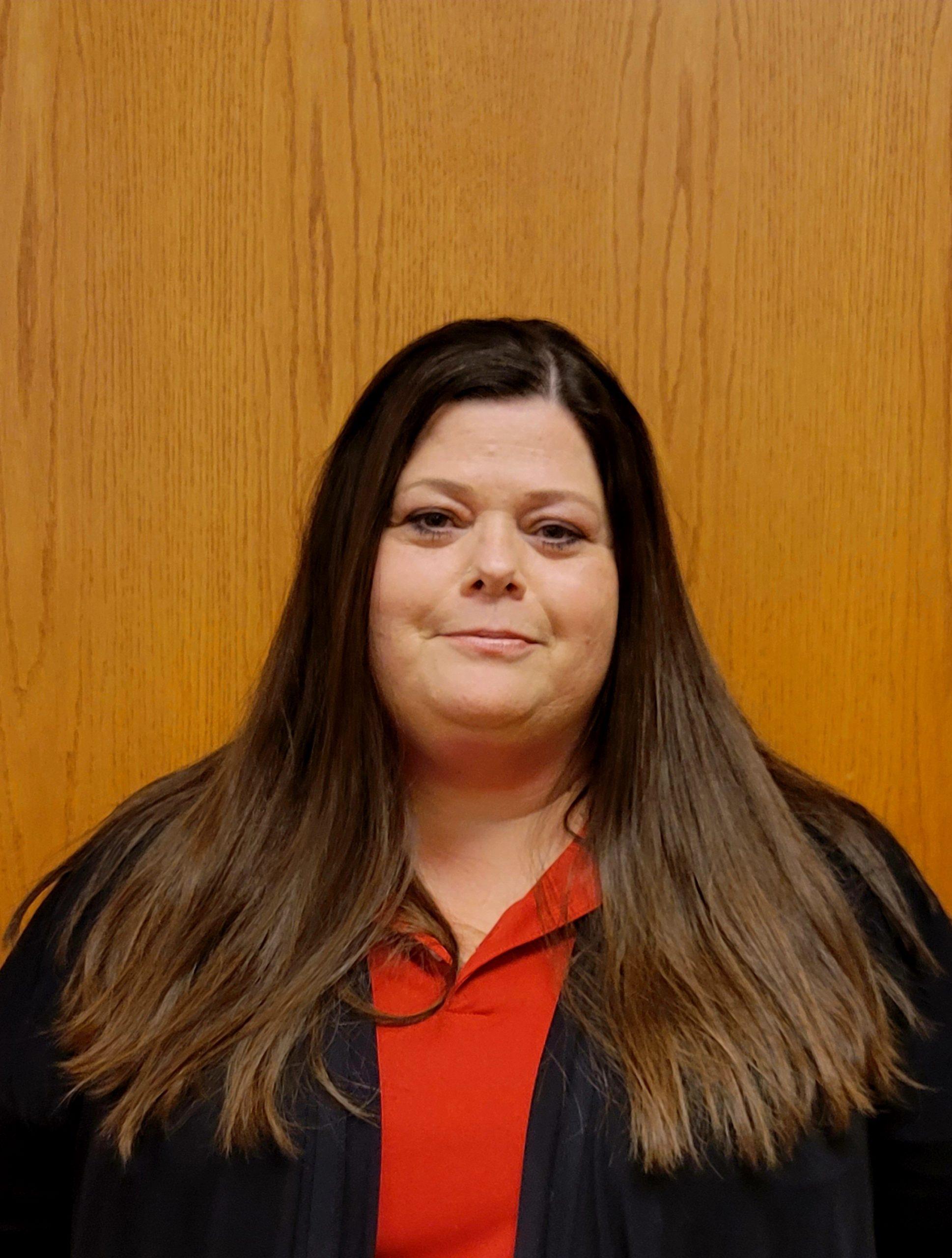
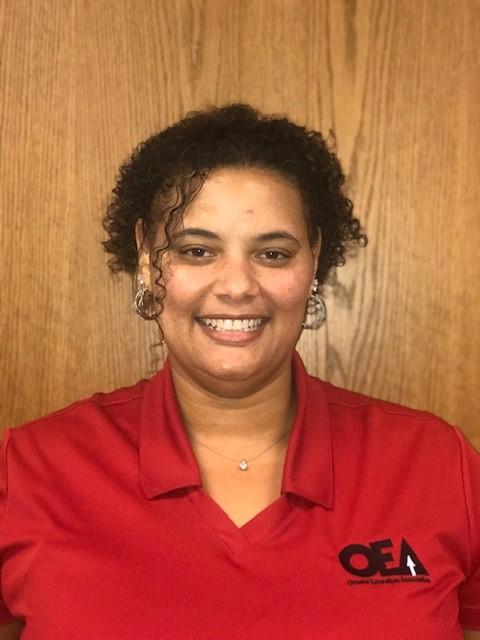
Board of Directors
In addition to the general officers, the Board of Directors is made up of 14 members-at-large, elected from the following groups:
- Elementary- of which there are seven representatives
- Middle Level- of which there are three representatives
- Alternative Ed/TAC- of which the is one representative, and
- Senior High- of which there are three representatives.
Board members are elected for two-year terms by Association members within the groups they represent, while officers are elected by all members of the Association for three-year terms. The Bylaws of the Association guarantee ethnic minority representation on the Board of Directors in proportion to the ethnic minority membership in the Association. Special elections are held for ethnic minority representatives should they be required.
In addition, the Board has a continuing policy that there be proportional representation of OEA Board members with one board member for every 300 potential members or major fraction thereof. The Board requires the Governance Committee to review the number of members in each group (Elementary, Middle, Alternative Ed/TAC, and Senior) every five years to ensure continued proportional representation on the Board of Directors.


Carrie Pratt
Senior High Representative
North High School
carriepratt0204@gmail.com
North, Northwest, Westview
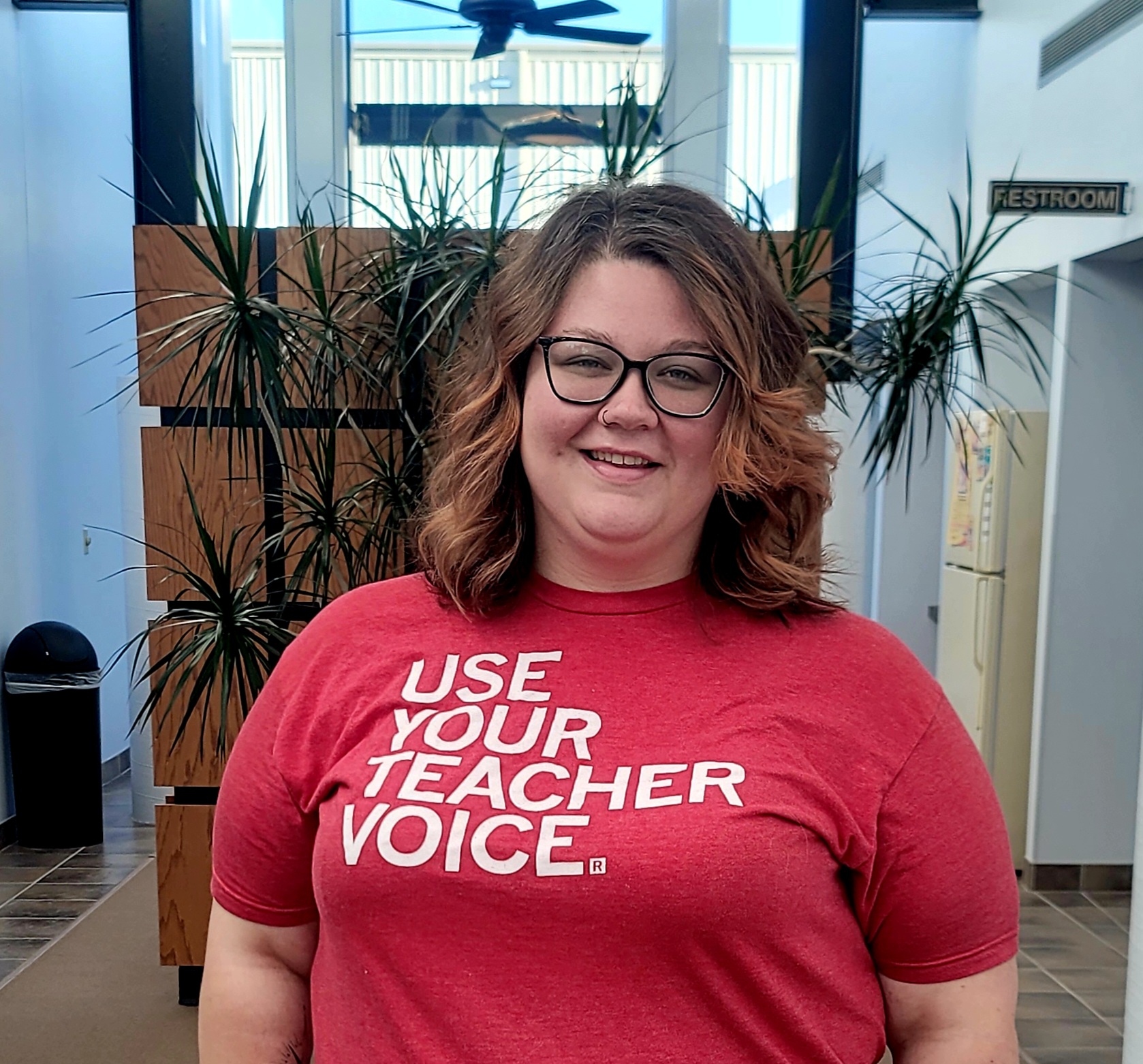
Rae Carlson
Senior High Representative
Bryan High School
racarbaugh92@gmail.com
Benson, Bryan High, Burke

Shannon Heng
Alternative Ed/TAC
ECSE, Blackburn, Accelere,
ILP/JP Lord, Parrish,
Transition Programs at PVA/Career Center,
TAC, Career Center,
Virtual School
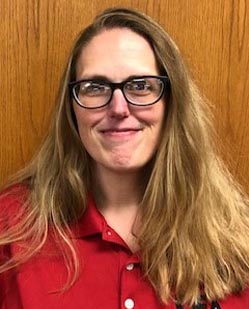
Stacie Stevens
Middle School Representative
McMillan
stacie.nicole.stevens@gmail.com
Lewis & Clark, McMillan, Monroe, Norris

Amy Smith
Middle School Representative
Bluestem,Bryan Middle, Buffett, Marrs, Morton,

Lori Krebs
Middle School Representative

Josh McDougall
Elementary Representative
Benson West
jwmcdougall@gmail.com
Ashland Park/Robbins, Belle Ryan, Benson West, Central Park, Gilder, Highland, Prairie Wind, Spring Lake, Standing Bear, Wilson

Jacob Goetz
Elementary Representative
Liberty
goetzj63@gmail.com
Early Childhood at Yates, Florence, Hartman, Kellom Mount View, Pinewood, Ponca, Prairie Wind, Skinner, Wakonda
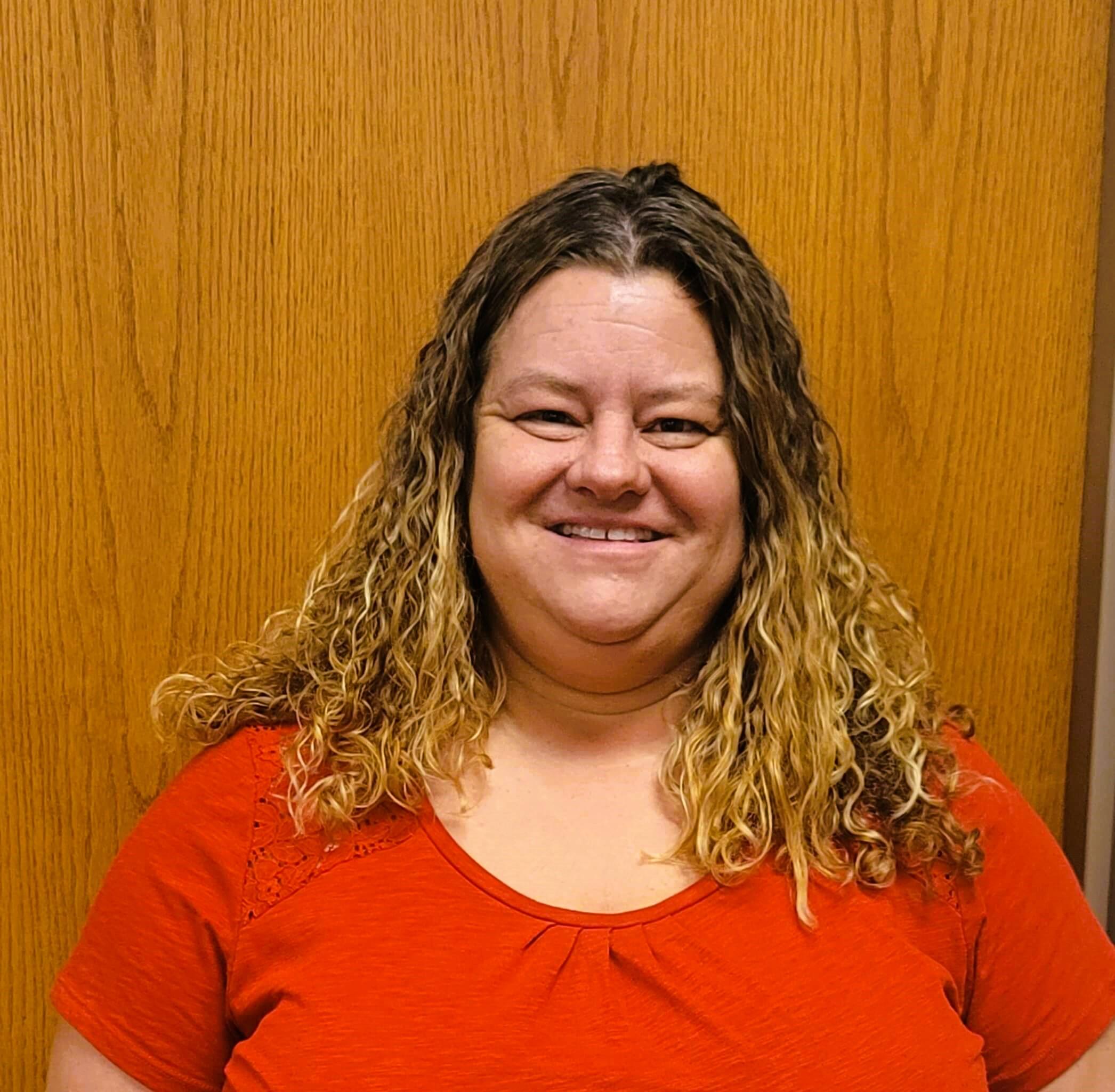
Dawn Crump
Elementary Representative
Pawnee
Dmctlc19@gmail.com
Beals, Boyd, Dodge, Dundee, Gifford Park, Jackson, Jefferson, Pawnee, Sherman, Washington

Michelle Richards
Elementary Representative
Forest Station
mpietzyk98@gmail.com
Adams, Belvedere, Druid Hill, Edison, Forest Station, Franklin, Kennedy, King, Minne Lusa, Walnut Hill

Amanda Kloke
Elementary Representative
Gateway
crazy4butterflies@gmail.com
Fontenelle, Gateway, Indian Hill, Joslyn, Masters, Miller Park, Saddlebrook, Sunny Slope, Western Hills

Jana Deaver
Elementary School Representative
Lothrop Magnet
ddeaver@cox.net
Bancroft, Castelar, Conestoga, Field Club, Gomez Heritage, Liberty, Lothrop, Pine, Springville

MJ Matthews
Elementary School Representative
Central Park
mjmatthews7@gmail.com
Catlin, Central Park, Chandler View, Coumbian,
Crestridge, Fullerton, Harrison, Oak Valley
Picotte
Association Representatives
Association Representatives (ARs) attend regular meetings as a governing body; represent the interest of the members in their buildings or department, report to their members business transacted at their regular meetings, recruit and maintain membership, serve as an advocate, contract arbitrator, organizer, communicator, coordinator for the OEA-CAF and NEA FCPE, and otherwise assist in the work of the Association in their respective building or department. OEA members elect ARs in the spring for the following school year. The Bylaws of the Association guarantee ethnic minority representation in Association Representatives in proportion to the ethnic minority membership in the Association.
What Does the AR Do?
The first thing an AR must do is to memorize the OEA phone number: 346-0400. The second thing an AR does is encourage people with questions or concerns to call the OEA.
As an Association Representative (AR), you will assume a number of different roles. Some will be continuous, beginning with the first day of school and ending on the last. Other roles you will assume periodically, on a “once and done” basis. Each building is different and the general makeup of the faculty you represent will largely determine the various roles you play as an Association Representative. Below you will find a list of five of these roles, this list is by no means all-inclusive.
Contract Enforcer
The AR should know when a teacher complaint could be rectified through the grievance procedure. If you believe the application of the contract provisions are in error or disagree with how the contract is applied, it could be a grievance. When in doubt, call the OEA. Always remind them to document what is taking place (a written log of events and copies of any written correspondence) then call the OEA. The responsibility for processing the grievances begins with the AR. The AR’s first step is to encourage the member to call the OEA.
